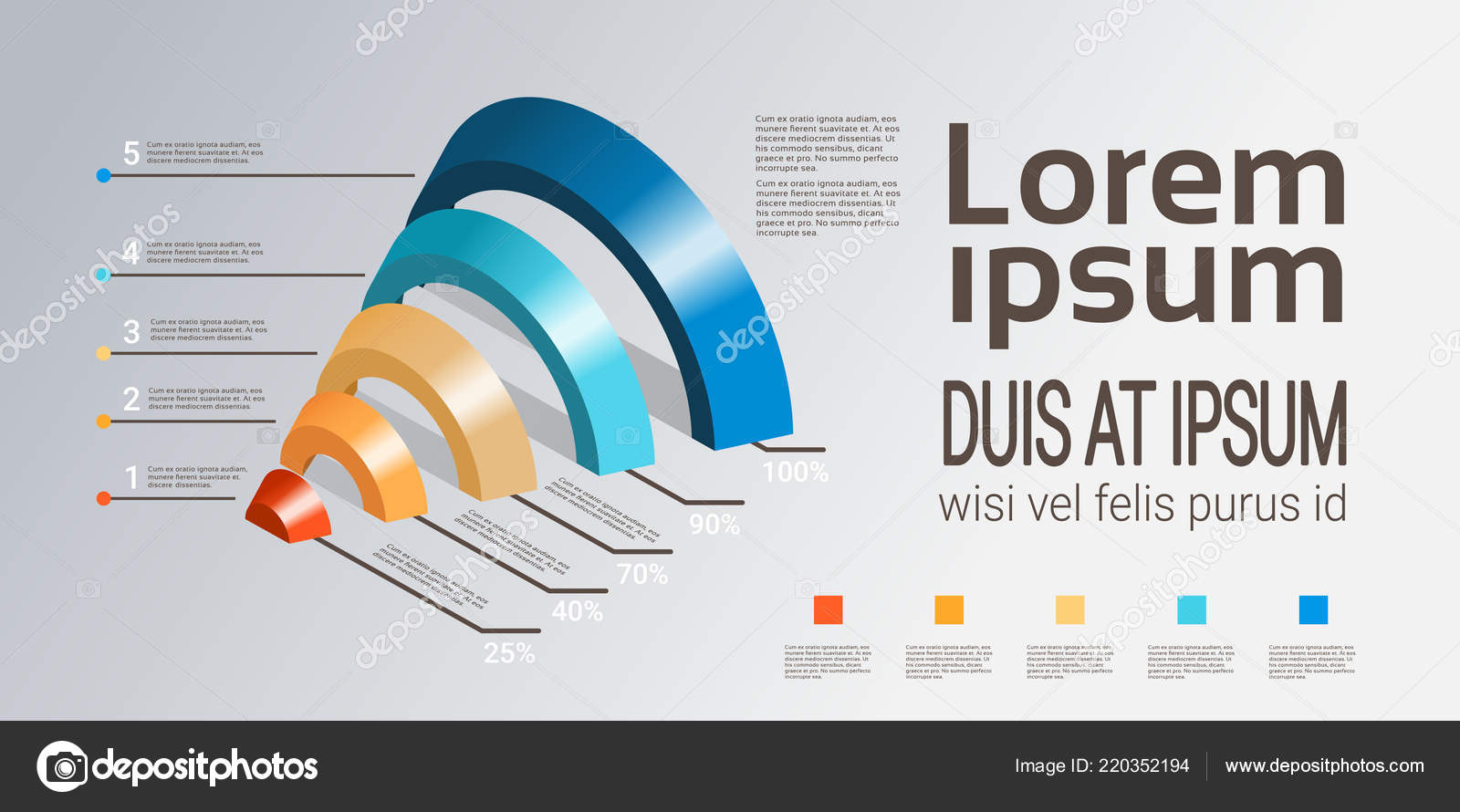In the past, websites were easy and concentrated on info. Navigating was direct, and style was for desktop computers. Now, individual experience is key. Information overviews layouts for easy navigating. Responsive layouts suit different gadgets. Today, dark mode lowers strain, and minimalist food selections boost navigation. Interactive features engage customers, and vibrant visuals stand out. AI combination improves involvement. See just how recommended you read has evolved to enhance your on-line trip.
Early Days of Website Design
In the early days of web design, simpleness reigned supreme. Websites were fundamental, with restricted shades, fonts, and formats. The emphasis was on offering details as opposed to flashy visuals. Customers accessed the net through sluggish dial-up connections, so speed and performance were essential.
Navigating food selections were straightforward, generally situated at the top or side of the web page. Internet sites were made for home computer, as mobile surfing had not been yet common. Material was king, and developers focused on simple readability over intricate style aspects.
HTML was the key coding language made use of, and designers had to work within its restrictions. Animations and interactive functions were minimal compared to today's criteria. Sites were static, with little dynamic material or tailored individual experiences.
Surge of User-Focused Style
With the development of web site layout, a shift towards user-focused design principles has come to be significantly noticeable. Today, producing web sites that focus on user experience is vital for engaging visitors and accomplishing organization goals. User-focused design involves recognizing the requirements, choices, and behaviors of your target audience to tailor the web site's format, content, and features appropriately.
Designers now conduct thorough study, such as customer studies and usability screening, to gather understandings and responses straight from users. This data-driven method helps in producing instinctive navigating, clear calls-to-action, and aesthetically appealing user interfaces that reverberate with site visitors. By positioning the individual at the center of the style process, websites can deliver an extra tailored and pleasurable experience.
Responsive design has actually also emerged as an essential element of user-focused layout, making certain that web sites are optimized for numerous tools and screen dimensions. This flexibility improves ease of access and use, accommodating the varied means individuals interact with web sites today. Basically, the increase of user-focused design indicates a change in the direction of producing digital experiences that focus on the needs and expectations of the end user.
Modern Trends in Website Design
Check out the latest fads forming website design today. One famous pattern is dark mode layout, offering a sleek and contemporary appearance while minimizing eye stress in low-light atmospheres. One more vital trend is minimalist navigation, simplifying menus and improving individual experience by concentrating on essential elements. Including micro-interactions, such as computer animated switches or scrolling impacts, can develop a more engaging and interactive web site. https://www.google.com/maps/place/Moon+and+Owl+Marketing/@32.9757271,-106.5344695,1840583m/data=!3m1!1e3!4m6!3m5!1s0x864ddeaa4179705b:0x488d41d2cc6b9750!8m2!3d32.9757271!4d-97.5696258!16s%2Fg%2F11b6mpccrg?entry=ttu&g_ep=EgoyMDI1MDIxMS4wIKXMDSoJLDEwMjExNDUzSAFQAw%3D%3D stays essential, guaranteeing smooth individual experiences throughout numerous tools. In addition, utilizing vibrant typography and asymmetrical designs can add visual interest and draw attention to certain content.
Incorporating AI innovation, like chatbots for customer assistance or customized recommendations, improves user interaction and enhances procedures. Availability has additionally come to be a considerable trend, with designers focusing on inclusive layout methods to satisfy varied individual demands. Accepting sustainability by enhancing web site performance for speed and efficiency is one more emerging pattern in website design. Teaming up with user responses and data analytics to iterate and enhance layout continuously is necessary for staying pertinent in the ever-evolving digital landscape. By accepting these modern fads, you can produce a visually appealing, straightforward site that resonates with your audience.
Conclusion
As you review the development of internet site style from the very early days to currently, you can see just how user-focused style has actually ended up being the driving force behind modern fads.
Embrace the trip of adjustment and adjustment in website design, constantly keeping the customer experience at the leading edge.
Remain current with the latest fads and modern technologies, and never ever quit progressing your strategy to create visually stunning and user-friendly websites.
Develop, adjust, and produce - the future of website design is in your hands.
